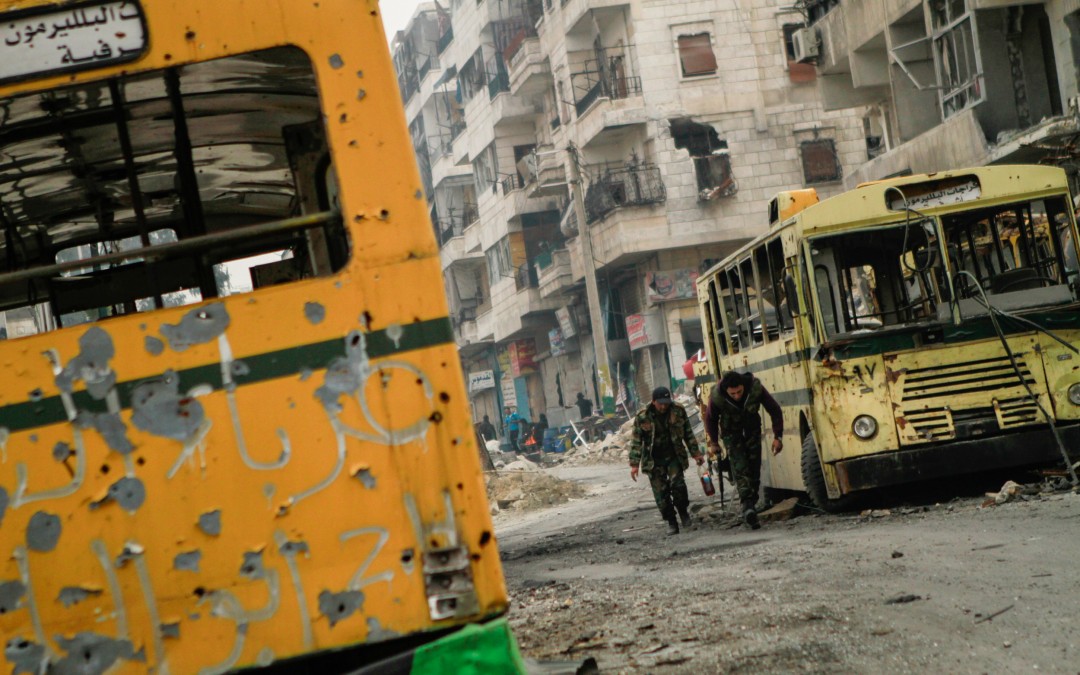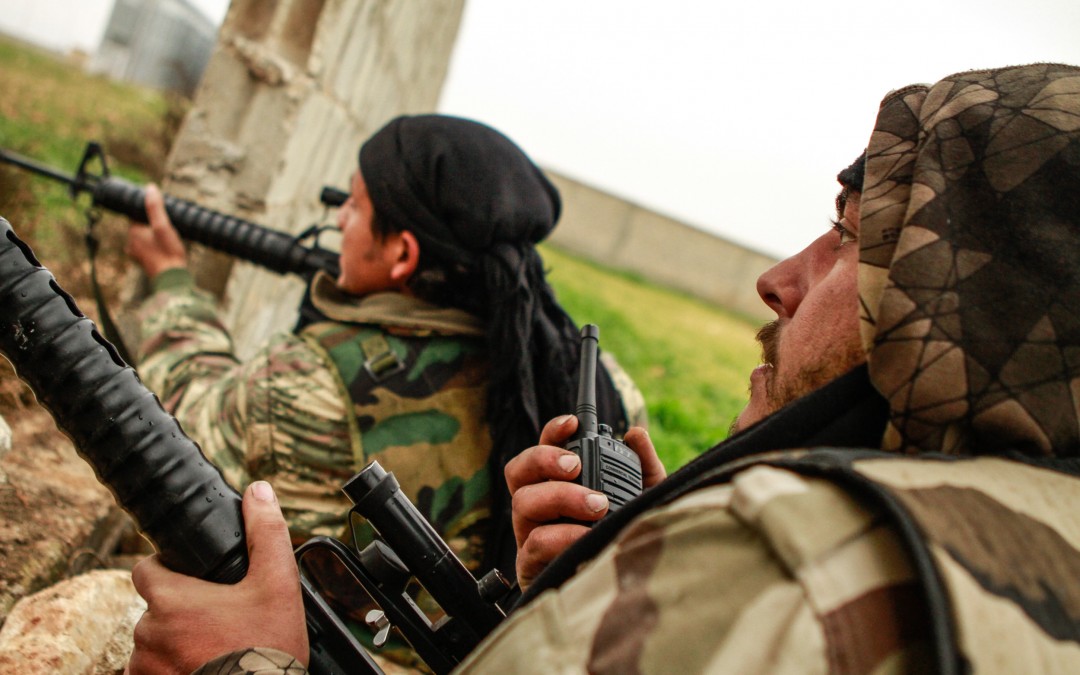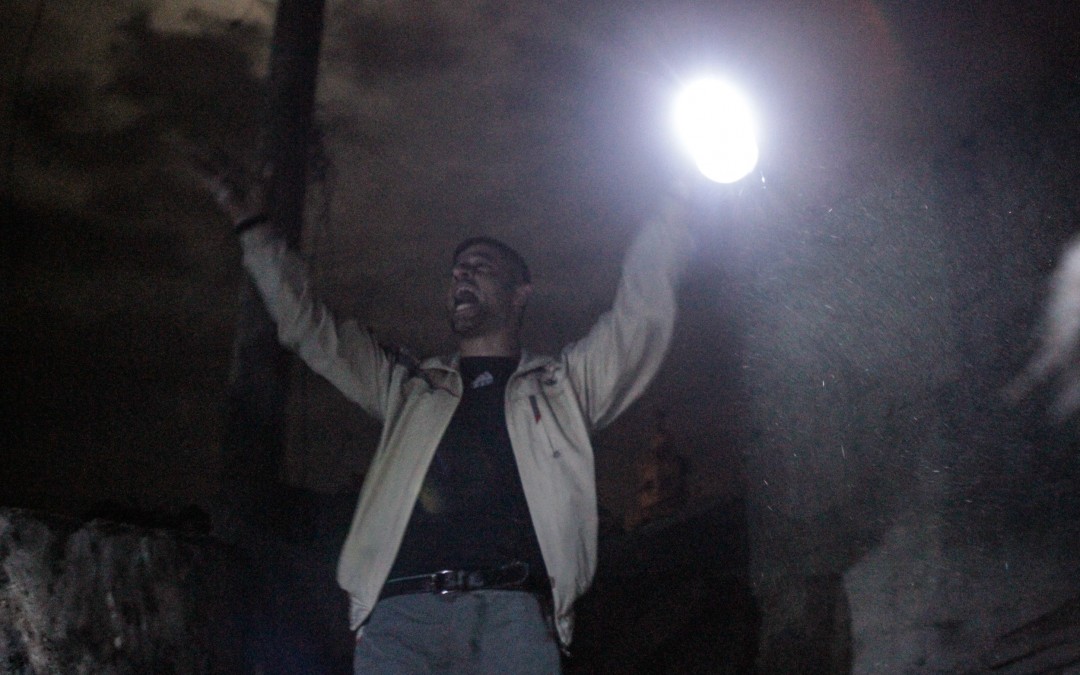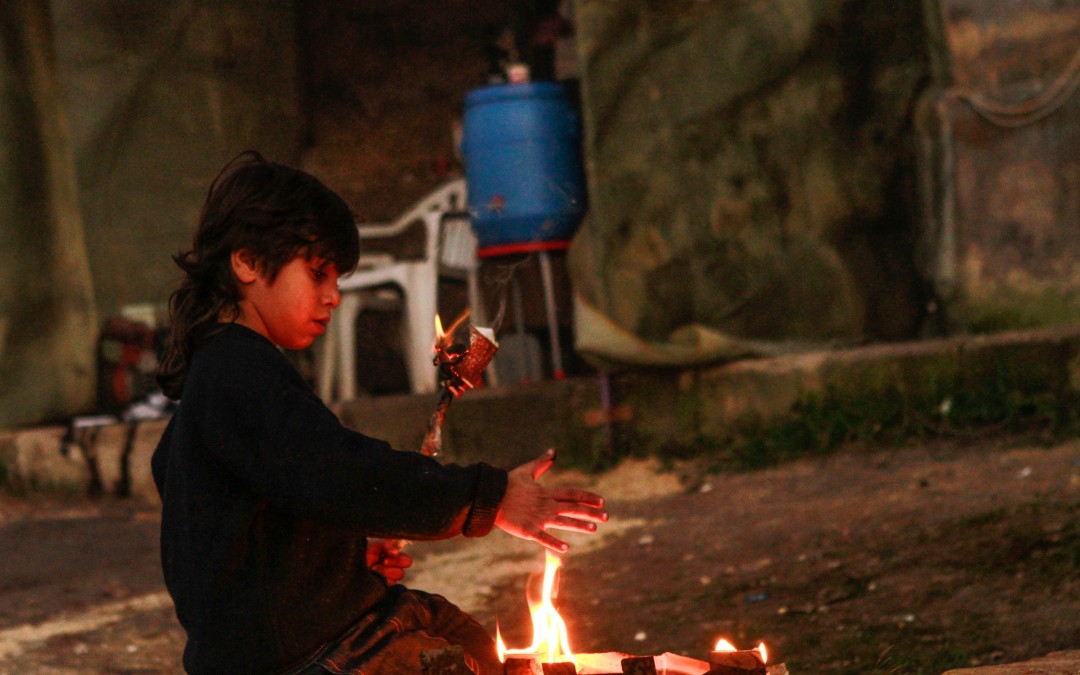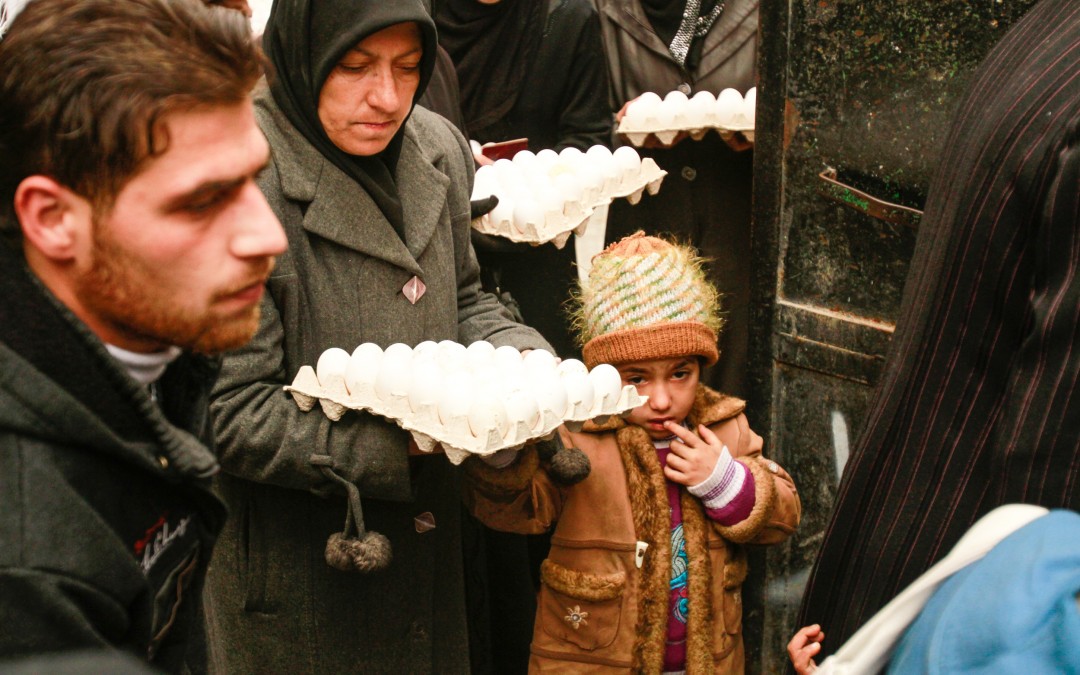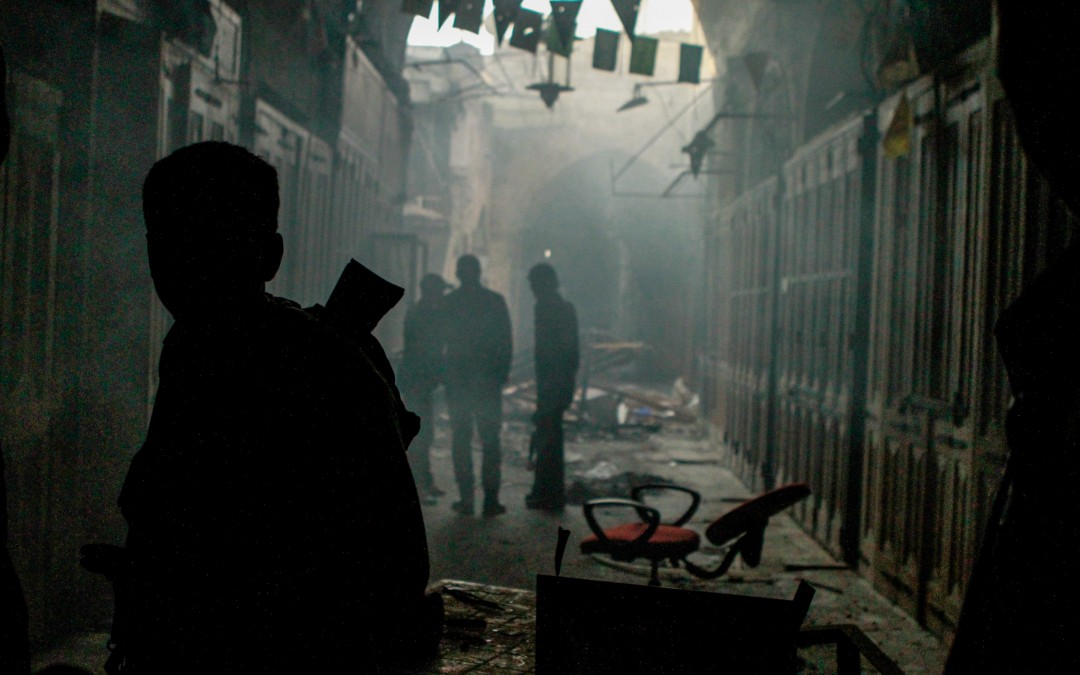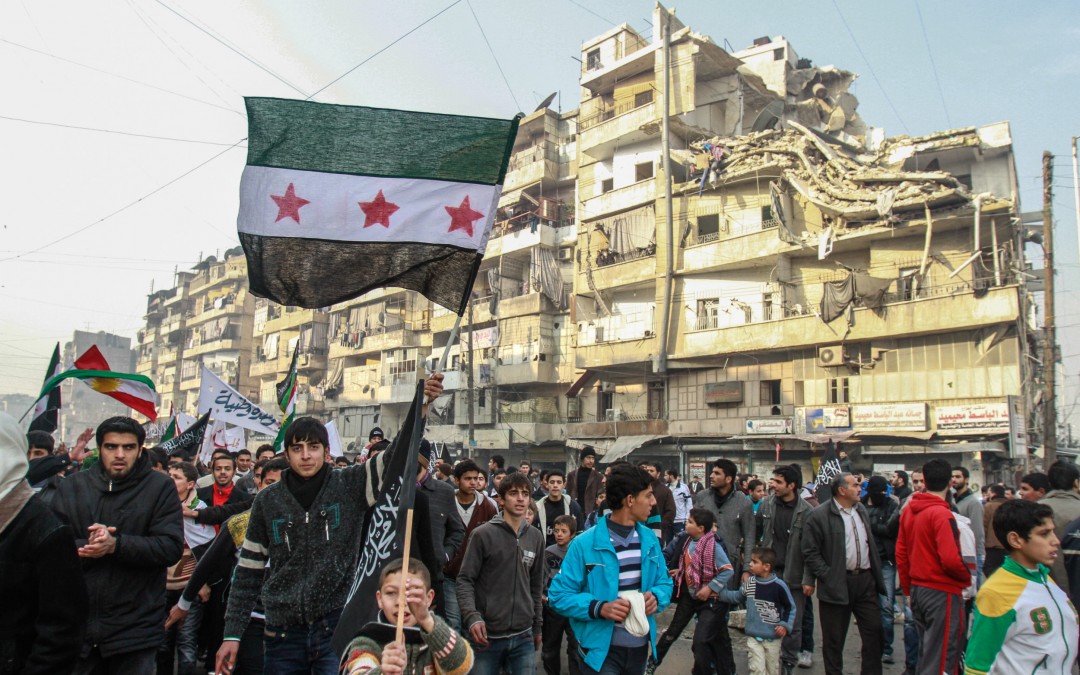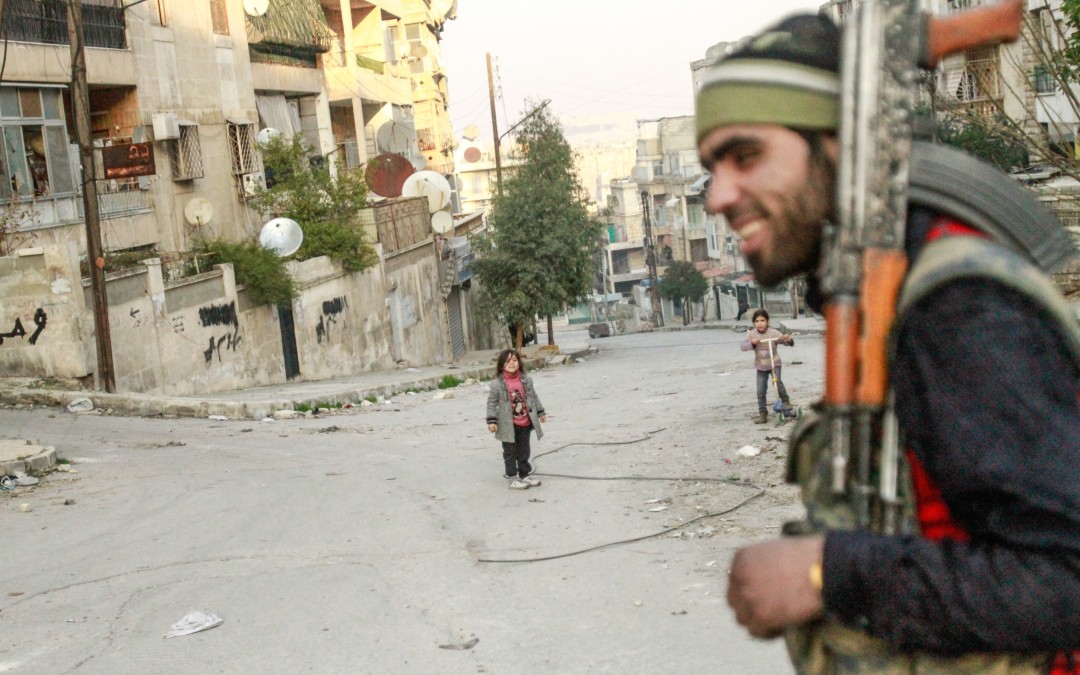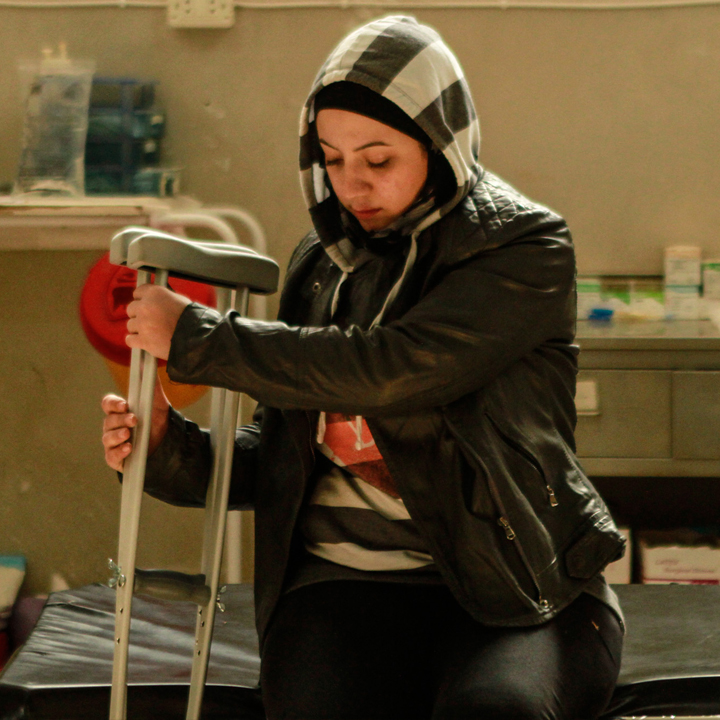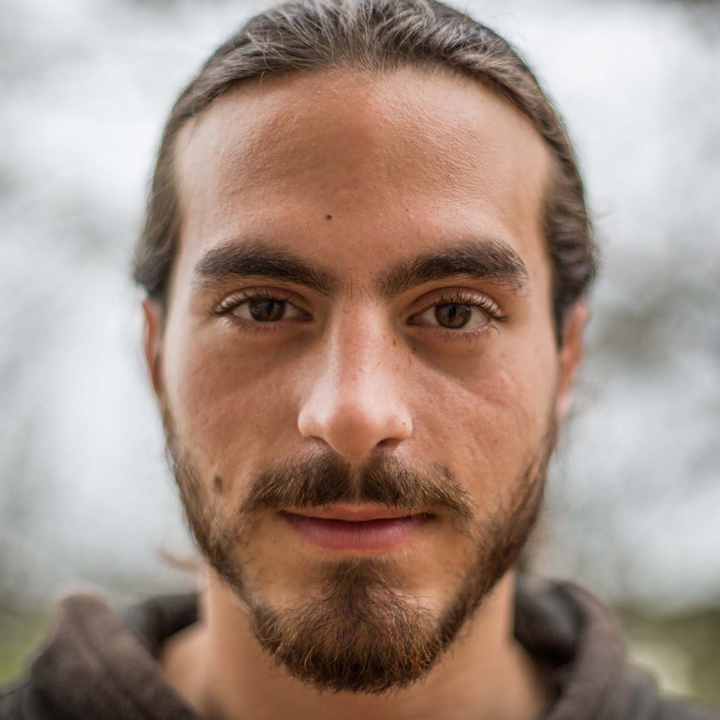AN EXODUS ON A BIBLICAL SCALE
The Syrian refugee crisis is wrapped up in many of the major geopolitical issues of our time – a destabilized Middle East in the wake of the Coalition wars and the Arab Spring, the rising tide of Islamic extremism, a paranoid West and a divided Europe struggling to agree on what to do about the largest mass exodus of people since the Second World War. That exodus will have wide-ranging effects on the countries where Syrians end up settling, as well as on the country they’ve left behind. While the movement of refugees from the Middle East to the United States has been much smaller than that of refugees to Europe, we’ve seen that immigration – especially where the admittance of Syrians is concerned – is one of the most divisive and incendiary topics in the US presidential campaigns. Considering the scale of the refugee crisis, there has never been a more important time to understand how such a mass migration is experienced on a personal level.
The current reality of Syrian refugees is the reality of war on ground level. Here, we tell that story, of the fallout of war in its most human dimension: from the quiet life of an average Syrian before the war to an uncertain life as a refugee in Germany today.
“The old laws that had governed war since WWII are being flouted. It’s no surprise that such a historic number of Syrians are headed to Europe, many to the promised land of asylum in Germany.”
It was a singular act of dissent in the southern desert city of Dara’a, five miles from the Jordanian border, that first ignited protests across Syria. In March 2011, a group of 15 kids spray-painted a cryptic message on the wall of a school. It read: “now It’s your turn, doctor” – a reference to Syria’s longtime ruler, Bashar Al-Assad, who had once studied to be an ophthalmologist.
In the wake of the Arab Spring, which had resulted in regime change across the Arab world, the message struck a nerve. In the days that followed, the secret police swept Dara’a and hunted down those thought responsible. The kids were imprisoned, interrogated and tortured. On the 18th of March, after Friday prayers, protesters filled the streets of Dara’a calling for their release, and that day saw the first public death of a demonstrator at the hands of the security police. Ten days later, on the 28th of March, even more took to the streets of Dara’a, and now the capital Damascus too. The police responded by killing 100 protesters, and a vicious pattern began: a funeral wake for those killed during a peaceful demonstration would turn into a protest, to which the regime would respond by firing on the crowds, killing even more, and so on.
In the six years since, Syria has become a maelstrom of sectarian violence and proxy war. The war has already displaced more than half of the population, while a full third of Syrians have had to flee the country. Now, one of every five displaced persons in the world is Syrian. And the numbers keep rising.
Syria once enjoyed widespread stability, but in the regions of the country controlled by extremist groups like ISIS, beheadings, rape and enslavement are now commonplace. The old laws that had governed war since WWII are being flouted – through the use of poison gas and barrel bombs, mass execution of prisoners, and so on. The country has been hollowed out by war. It’s no surprise that such a historic number of Syrians are headed to Europe, many to the promised land of asylum in Germany.
Wars are by their very nature almost impossible to accurately explain. Information is used as a weapon of war – facts and figures are manipulated, individuals are wrongly mythologized and heroes are vilified, or simply forgotten. And as history has shown, it is often the victors that get to define war. Yet, the Syrian Civil War is probably the most documented war in history; from the first days of protest in Syria “citizen journalists” have provided us with a live unedited feed of the conflict via social media, blogs, and news outlets. The Syrian conflict has quickly evolved from a civil war into a proto-world war, but it began with a small spark – a group of kids and a spray can in that desert city on the border with Jordan. It was the straw that broke the camel’s back.
THE CHARACTERS – PART 1
This is the story of the fallout of war in its most human form: meet the Syrian refugees who made the journey across Europe fleeing war in their homeland for the safety of Germany.
